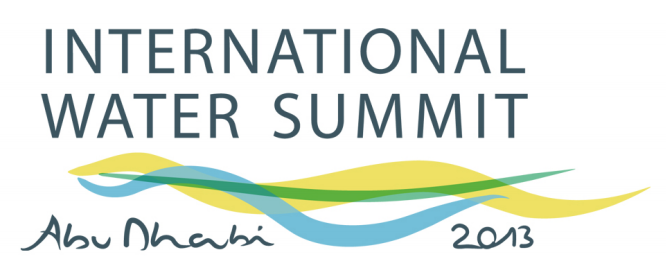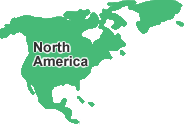International Water Summit(IWS)2013

- Exhibition Name:International Water Summit(IWS)2013
Exhibition Date: 2013.1.15 - 1.17
Exhibition Area:Asia - Abu Dhabi
Exhibition hall:Abu Dhabi
The UAE provides a strong example of the interconnection of energy and water in water-scarce
regions. More than 70 percent of the nation’s overall water production and processing costs results
from the energy required to desalinate, transport, store, forward and distribute water, demonstrating the pressing need for new approaches to water management.
In 2006, the leadership of Abu Dhabi established Masdar to maintain the UAE’s energy leadership, and safeguard the longevity of its natural resources. In 2008, Masdar established the World Future
Energy Summit which brings together world leaders, business executives and experts from around the globe in a collaborative effort to address world challenges, including energy and resource security.
As a natural extension of the UAE's commitment to sustainability, the new International Water Summit will be co-located with WFES in 2013. The nexus between water and energy is something world leaders are increasingly moving to the top of their agendas. Energy and water are woven into our daily lives. Generating energy requires water, and producing water uses energy.
There is great scope for efficiency improvements that safeguard our precious resources and reduce
our energy consumption footprint. Since the demand for these two most critical resources continues to grow more quickly than their availability, addressing the water-energy nexus at the International Water Summit is a key priority.
The Middle East and North Africa (MENA) region is the most water scarce region in the world: home to 6.3% of the world’s population but only 1.4% of the world’s renewable fresh water.
According to Global Water Intelligence's Global Water Market Report 2011, the global water industry is on the cusp of massive change. By 2016,the capital expenditure on water infrastructure is estimated to increase 1.5 times from US$90 billion in 2010 to US$131 billion.
Driven by global trends such as urbanisation,scarcity and environmental protection, sales to industrial water users of water and wastewater treatment equipment is set to grow from US$14 billion in 2010 and expected to reach US$22 billion by 2016.
$100-120 billion has been earmarked for water infrastructure projects in the GCC (Gulf Cooperation Council), mainly driven by Saudi Arabia and the UAE; and is expected to increase desalination capacity by 71% by 2016.
Products, technologies and services related to:
❙ Sustainable production,
treatment and supply of water
❙ Used/waste water treatment
❙ Reuse/recycling of a strategic resource
❙ Distribution and sewage networks
❙ Energy and water nexus
❙ Desalination
❙ Resource/well/aquifer protection
(prevention, detection and monitoring
of pollution, control and optimisation of
consumption)
❙ Water for agriculture/irrigation
❙ Urban landscaping and architecture
(Cities of the Future that combine water
storage and management with recreational
purposes)










